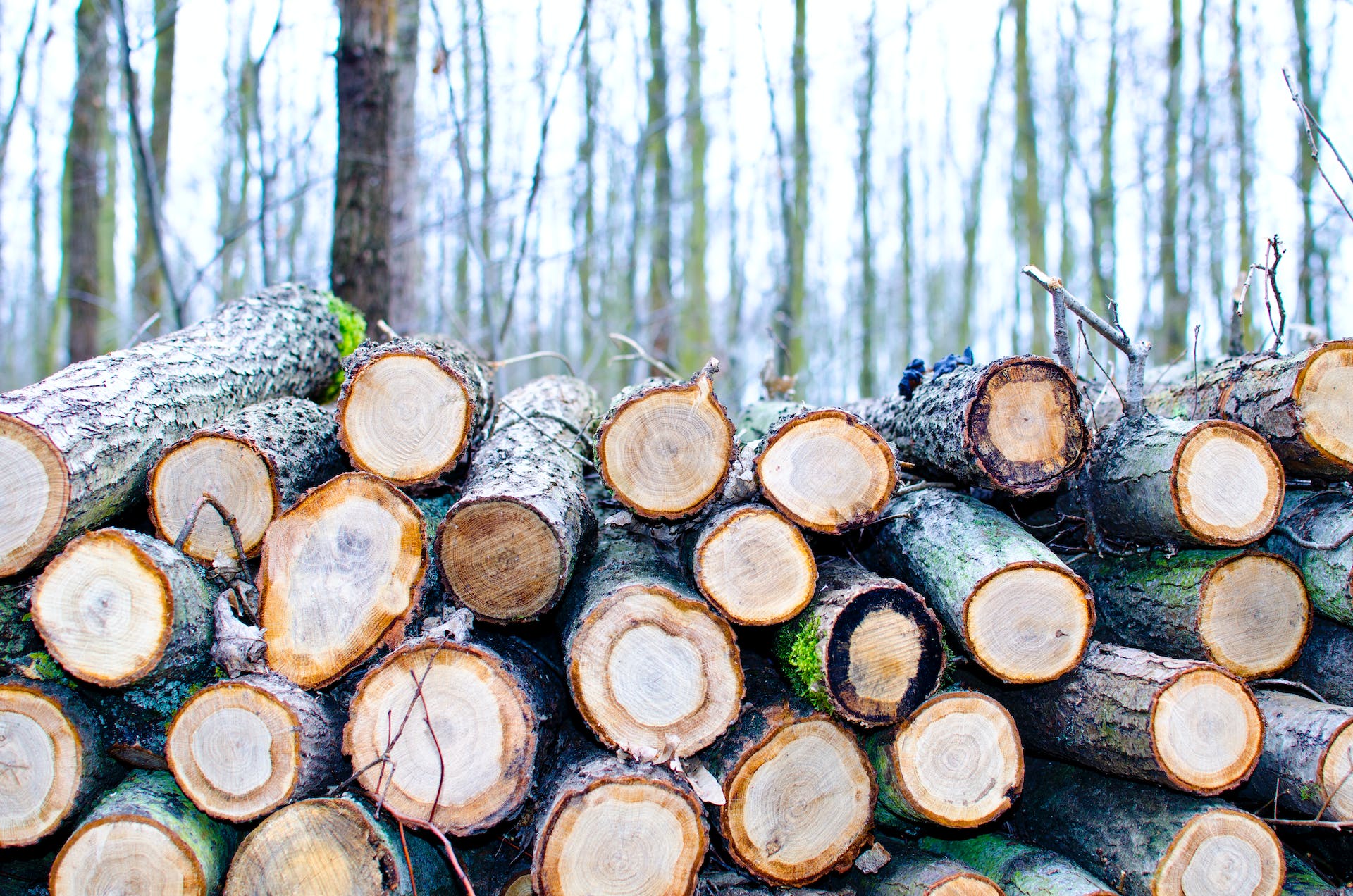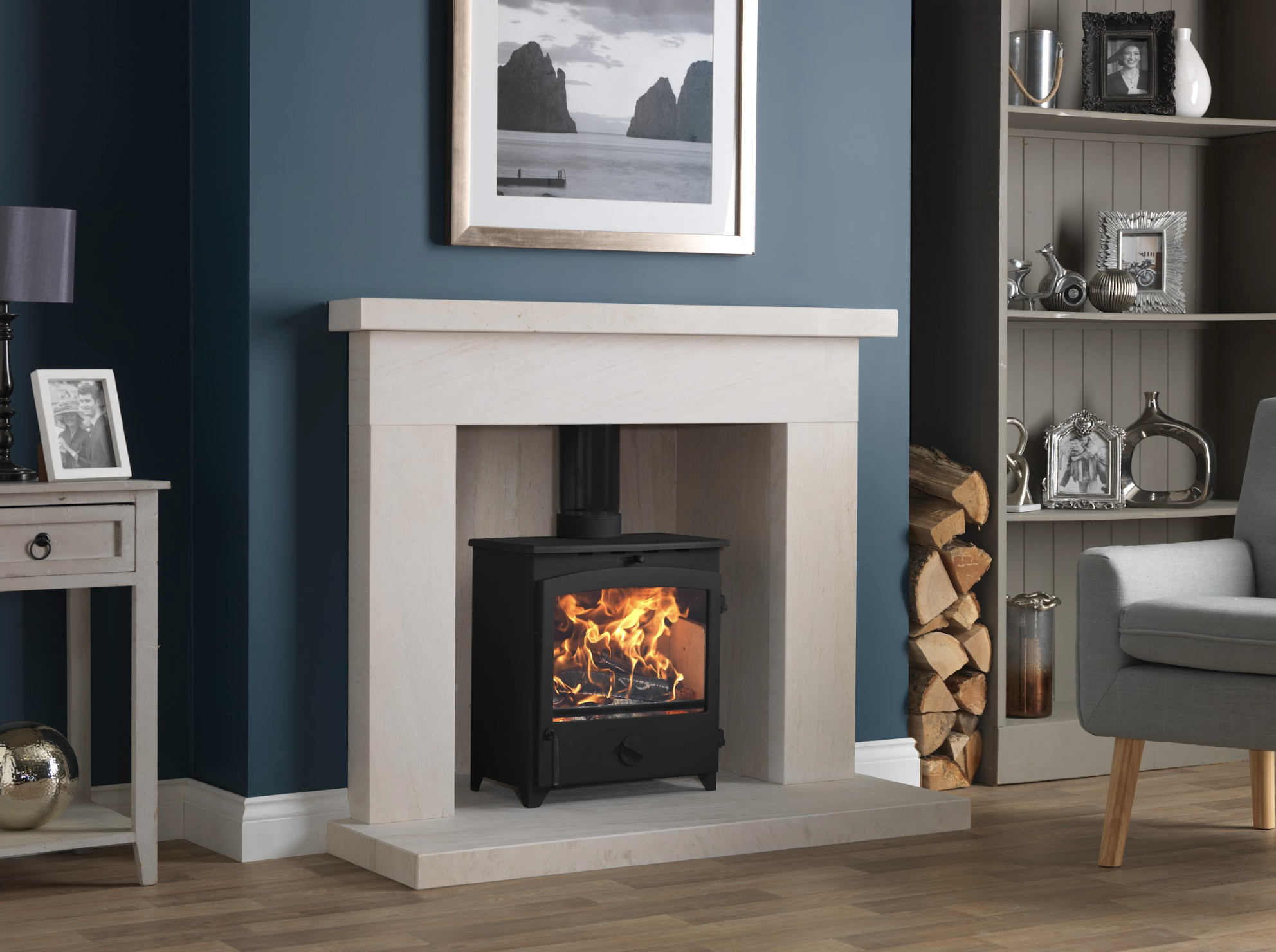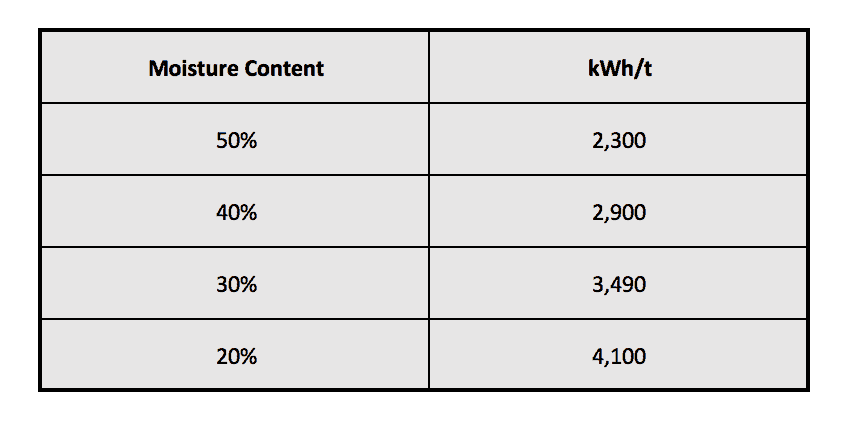We have discussed the importance of burning seasoned wood and using a moisture meter. In this article, we look a little deeper into the role that moisture plays in wood-burning appliances and highlight the importance of only burning correctly seasoned wood.

What is a moisture meter?
A moisture meter is designed to accurately indicate the percentage of water in wood. A measurement of anything above 20% moisture is considered “wet wood”. There are a large number of risks associated with burning wet wood.
You can’t burn water!
One reason why excessive moisture in wood is so bad is that, of course, water does not burn – so the higher the moisture content of a log, the harder it will be to burn. This is the key reason why using correctly seasoned wood is of such importance. Wood, which has a moisture content of below 20% is twice as efficient as fuel with a moisture content over 45%.

Efficiency management
Unseasoned wood is not efficient, as it impacts a wood’s calorific value or energy. Burning unseasoned wood creates lots of steam, which has no real heat impact that can be felt in the home. This is considered wasted energy.
As wood moisture decreases, its energy increases. Wood with less water will burn for longer and more efficiently. The diagram below outlines the relationship between moisture content and kWh/t (a measure of energy, as opposed to kW, which is a measure of power). Energy is a measure of how much fuel is contained within something, in our case, wood, over a specific period of time.
kWh = Energy
t = Time

Tips for Seasoning Wood:
* Season wood in a dry, sunny and airy place, where air can easily circulate around all the wood
* Stack wood in spring for use the following winter
* Ensure the wood is not exposed to rain, ice or snow
* Cut wood to the correct length for your fire before seasoning
Dangers of Burning Unseasoned Wood:
* Increased risk of chimney fires
* Potential carbon monoxide poisoning
* Taring inside the stove and in the chimney
Below are some simple safety tips to ensure you are getting the best from your Stove:
Do:
- Do ONLY use quality clean, dry hardwood or smokeless fuel. Kiln-dried wood is great.
- Do check your wood is less than 20% moisture inside the log when split. Use a moisture meter.
- Do get the flue or chimney swept and checked at least annually.
- Do always use a fireguard for children and for others considered at-risk.
- Do use the stove gloves and tools provided as needed.
- Do open the top air control (air wash) to help keep the glass clean.
- Do warm up the stove fully on the first loads of fuel before reducing the air controls to a lower position.
- Do keep your stove clean inside & out.
- Do purchase and use a CO alarm.
Don’t:
- Don’t leave the stove unattended with the air controls wide open.
- Don’t over fire your stove by overloading with fuel or leaving the air controls too far open for too long it will damage it.
- Don’t let any metal part of the stove glow red hot (including the baffle plate) – this is over firing and will damage your stove!
- Don’t be concerned about a haze or smoke off the stove when new, this is paint curing and any remaining protective oil film evaporating off. Ventilate well.
- Don’t cover or remove your CO alarm from the room, it is there for your protection.
- Don’t burn rubbish, painted or preserved wood in your stove, it can cause damage, excessive smoke and is illegal.
- Don’t close the stove air controls down too quickly before the chimney and stove have properly warmed up, it can stifle the fire and cause smoke and tar build up.
- Don’t store logs or coal right next to your stove – they can overheat!
View our range of wood-burning stoves here.








